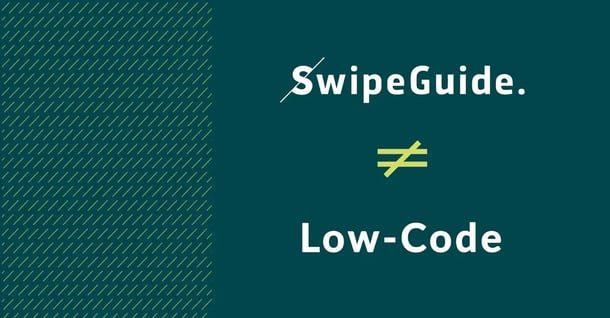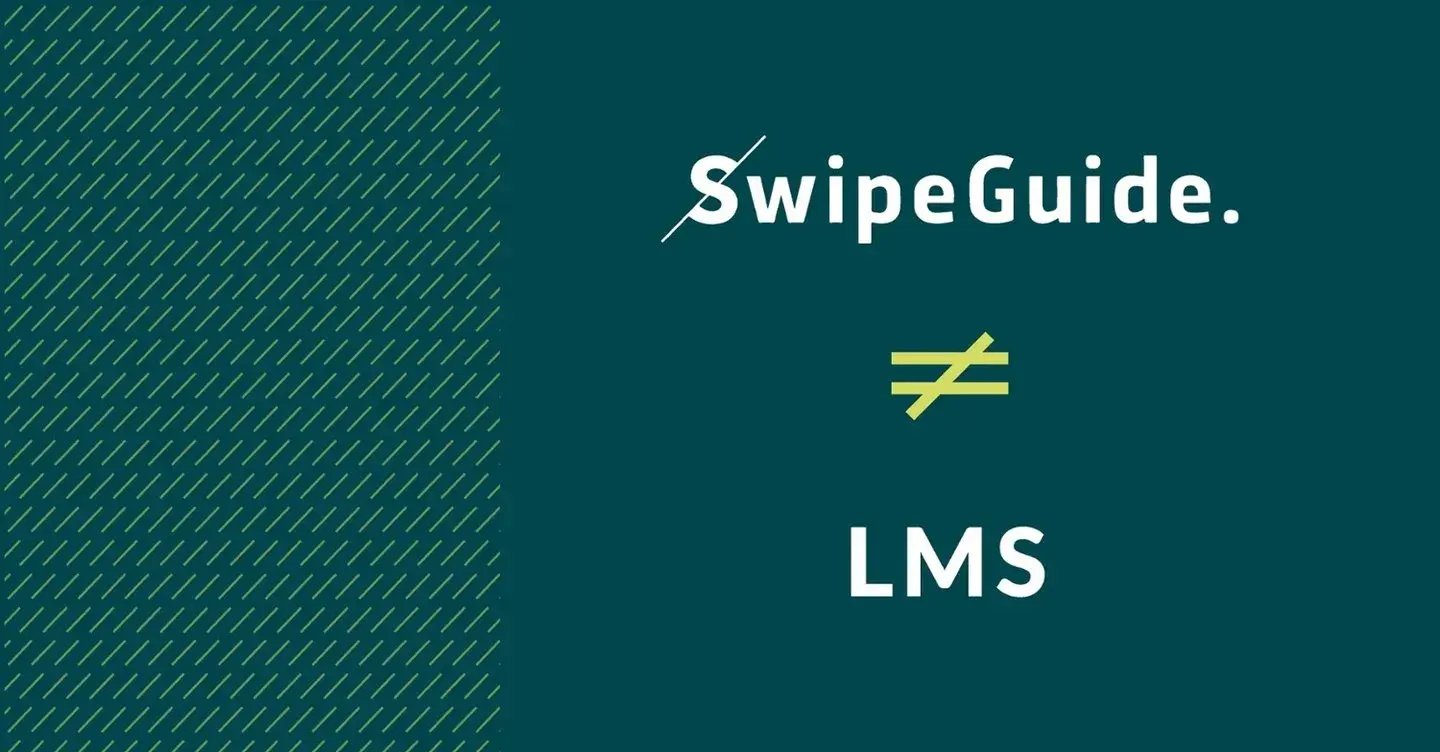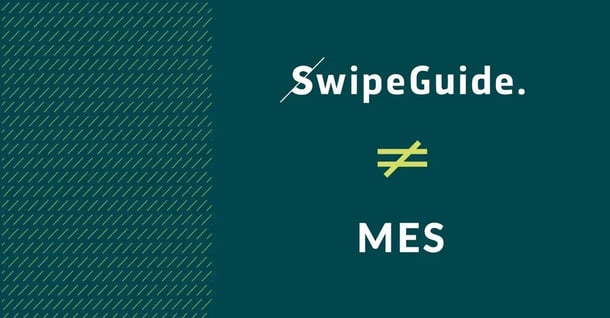

SwipeGuide vs. Learning Management System (LMS)
What's the difference between SwipeGuide and an LMS?
The wait is over! Here it is: the difference between SwipeGuide and a Learning Management System (LMS).
SwipeGuide is:
A tool to deliver the right knowledge to frontline teams, exactly at the moment of need. The platform translates operational knowledge and standards into actionable procedures and checklists - delivered to users before, during, or after a ‘traditional training period.’ By delivering the right knowledge at the right time via step-by-step instructions, training initiatives are continually reinforced through the daily work of any frontline employee.
SwipeGuide is not:
A tool to deliver and track all kinds of formal training and e-learning throughout an organization.
An LMS is:
A Training Management System mainly focused on office and desk workers. These systems consist of apps that deliver pre-set courses and topics administered and updated by the HR or Learning and Development team.
We don’t say that you should dump your Learning Management System or Training Management System - we see SwipeGuide as a complementary solution that can be added to your mix of learning tools within the company.
A LMS will help teach the way-of-working and systems of the organization for continued education, but primarily focuses on tracking coursework. This training is typically delivered on a desktop, either in person or online.
An LMS is not:
A tool for on-the-job learning and performance support that also crowdsources knowledge from the frontline.
LEARN MORE → How does SwipeGuide compare to other manufacturing softwares?
Author
Revisions
It's time to simplify frontline training
Work instructions, checklists, and skills management - all in SwipeGuide
- Cut training time by 50%
- SOC I and II compliant
Get to know us
SCHEDULE YOUR DEMOResources
-
1
How to empower your frontline with better instructional design. -
2
How to gain the edge in Industry 4.0 with smart manufacturing practices. -
3
How to make excellent digital work instructions. -
4
How to deliver continuous improvement at the frontline with Lean principles. -
5
How to capture, share, and improve expert knowledge with digital SOPs.



